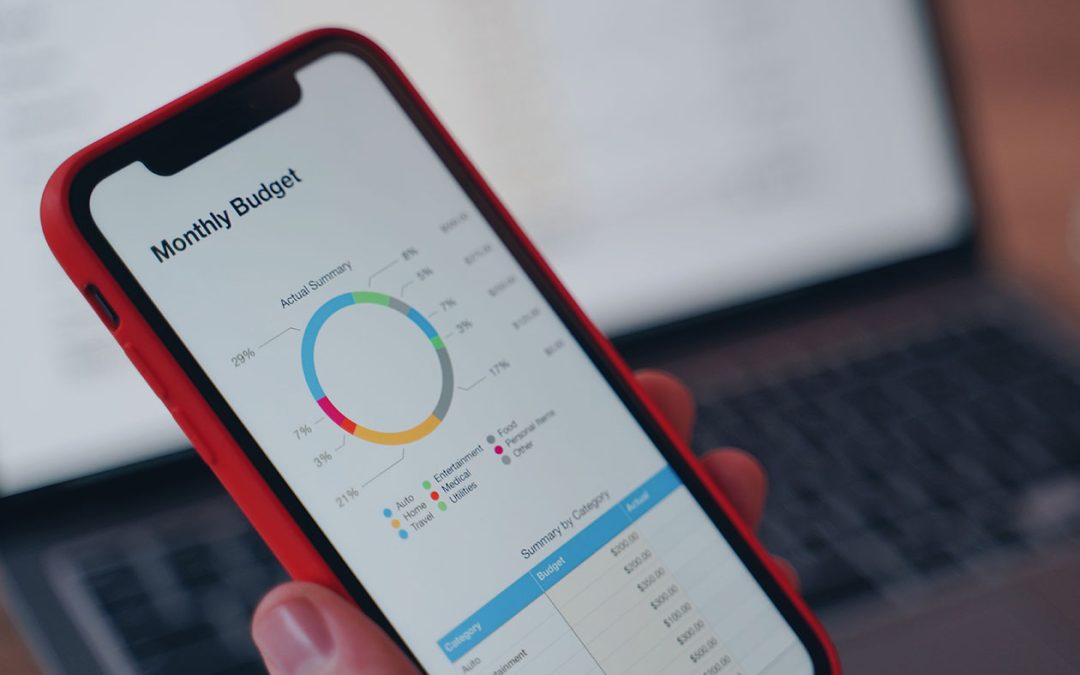Key takeaways
If you’re looking to gain greater financial control and confidence, there’s never been a better time to check out the 50/30/20 budget.
Budgeting doesn’t have to be time consuming or complicated. Try out the 50/30/20 budget calculator!
With the 50/30/20 budget, your monthly after-tax income is divided up into just three simple financial categories.
If you’re new to budgeting, figuring out how to manage your money can feel overwhelming. Not only do you need to organize your income and expenses, you also have to make difficult decisions about how to spend your cash.
A good way to keep it simple is to consider using a percentage-based budget that divides up your monthly after-tax income into categories. One of the most common types of percentage-based budgets is the 50/30/20 rule. The idea is to divide your income into three categories, spending 50% on needs, 30% on wants, and 20% on savings.
Learn more about the 50/30/20 budget rule and if it’s right for you.
Budget 50% for necessities
Your necessities are usually your living expenses and should account for 50% of your after-tax income. Necessities are things you need that aren’t optional. They’re different from your wants, which are things you’d like to have but don’t need to survive.
Examples of necessities include:
- Utilities
- Groceries
- Health care
- Student loan payments
- Rent or mortgage
- Transportation costs
- Credit card and other debt payments
- Childcare
- Insurance
How much you need for your necessities may change over time. If you pay off your student loan, for example, you’ll have some extra money in your necessities budget that you can use for other expenses. You could use it to make higher monthly payments on your vehicle loan, mortgage or another loan, for example, which could help you pay off your debts faster.
Budget 30% for wants
Your wants are things you’d like to have but aren’t necessary for survival. They’re different from things you’re saving for, like a house or vacation (these are your long-term savings goals and are included in the “savings” section of your budget). Wants should account for 30% of your after-tax income.
Examples of wants include:
- Dining out
- Spa treatments
- Designer clothing
- Club or gym memberships
- Tickets to sporting events
- Subscriptions to streaming services
Spending money on things you want is a great way to reward yourself for working hard. You can use it to motivate yourself to accomplish goals, for example, which may improve your quality of life and personal fulfillment. Your wants can also change over time. When you mark an item off your list, you can then add another to help you stay motivated to achieve your next goal.
Budget 20% for savings
In the 50/30/20 rule, the remaining 20% of your after-tax income should go toward your savings, which is used for heftier long-term goals. You can save for things you want or need, and you might use more than one savings account.
Examples of savings goals include:
- Vacation
- New vehicle
- Emergency savings account
- Down payment on a home
- Contributing to an investment account
- Contributing to a retirement account like a 401(k) or individual retirement account (IRA)
Depending on your employer, you may be able to automate your savings, which can make it easier to achieve your goals. If you’re paid by direct deposit, you may be able to set it up so that 80% of your income is deposited in your checking account for your needs and wants. For the remaining 20%, 10% could go to savings accounts for your emergency fund and other long-term goals, and the other 10% could go to your retirement savings.
Is the 50/30/20 budget rule right for you?
The 50/30/20 rule can be a good budgeting method for some, but it may not work for your unique monthly expenses. Depending on your income and where you live, earmarking 50% of your income for your needs may not be enough. For example, if you live in a high-cost area, you may have to put a large part of your income toward housing, making it difficult to keep your needs under 50%. So, you may need to adjust the percentages to fit your situation.
The categories also may or may not work for you. You might find it easier to track the three categories rather than categorizing each individual expense. Or you might find the lack of detail makes it harder for you to improve your spending habits.
If you try the 50/30/20 budget method and don’t hit the percentages exactly, be kind to yourself. You may be able to meet those numbers in the future. For example, when you’ve paid off your student loans, you can allocate more of your monthly budget for savings.
Ultimately, you need to decide what type of budgeting system is right for you based on your habits and circumstances. Luckily, you can use resources like the calculator below to figure out how much green goes in each of your buckets.

